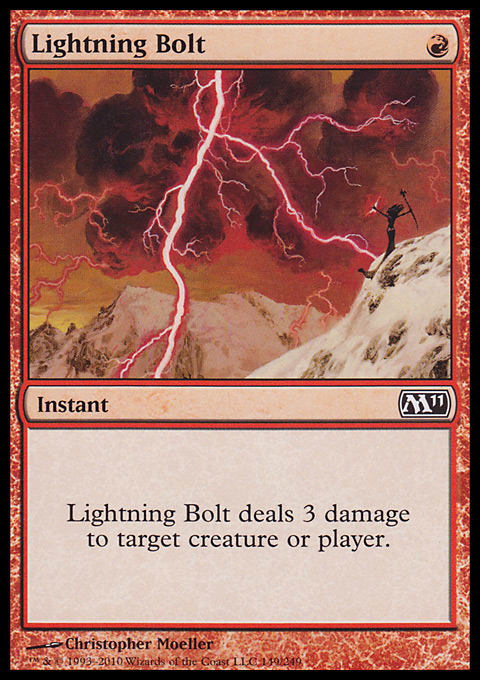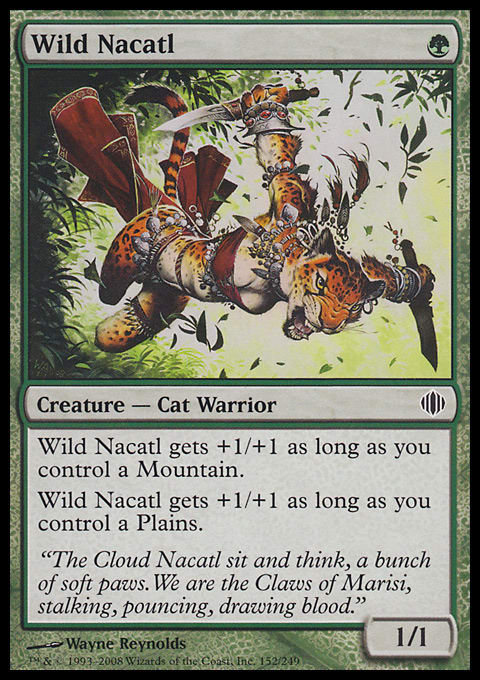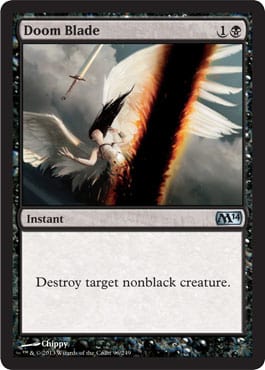The way the Magic economy is structured clearly favors those at the top; this is not uncommon among most financial communities. This, of course, is not where most of us fall on the ladder, and therefore, we must find ways to maximize our profits while being as efficient as possible. It is one thing to be a large store who has a number of employees and countless man hours to process cards, but the reality is that most people are doing this as a hobby or as a second source of income, and for those people, time is an issue. This week, I want to talk about not only how to maximize the time you can devote to Magic finance, but also about understanding the value associated with your hours.
The first focus that most people have a tough time grasping is just how long it can take to process a collection. At a certain point, the amount you are making is far less than minimum wage, and that’s less than ideal. If you are like I am and have the time to pick, sort, and list every card no matter how small the value, you probably need to be doing it in mass to make it worth the time. On the other hand, if you only have a few hours a week to devote, it may be best to leave anything under a certain value in bulk to conserve time. If you only have a few hours to find and process collections, this also means you are not moving very many cards, thus making the smaller, nickel-and-under picks less appealing when there are only one or two copies of each. Knowing what your time structure looks like right from the beginning is crucial to the inevitable vale you actually obtain out of a collection.
The easiest way I can break it down to create more understanding is with some simple mathematics. Let us, for ease, assume you would like to at least make ten dollars an hour while you are buy-listing. On average, it takes between ten and twenty seconds to look at a few lists, find the highest number, and add it to the form. Assuming twenty seconds for those who do not buy-list constantly, that means we can process one hundred eighty cards an hour. If a card is worth five cents on the buy list, you would need two hundred of them in an hour to make it worth your time. That means if you only have a singular copy—or even two or three—you will be making less than minimum wage for your time. This also does not include the time you may take to set-sort and alphabetize the cards—or anything else involved in the procedure.
Many people who write about Magic finance talk about how these picks are the constant supply of money, and for me, they are. The reality is, though, that unless you are devoting yourself to this full time and have the constant stream of cards, it is a trap to pick these smaller cards. The compromise here is if you do not want to give up the value of these picks, you can set them aside until you have a greater quantity and then buy-list down the road. I know a number of people who do this, but unless you also have the space in your home for the extra cards, they can pile up quickly. Space, like time, can be limited for some, and it does not make sense to keep such minimal value if it impedes your daily life.
The next step comes in when you are in the process of buy-listing cards. To most people, it makes sense to have multiple stores open in order to maximize profits when moving your new findings. Though this may be sensible on some collections, it is important to recognize the ones for which it is not. The key is to look when you first sit down and evaluate whether you are selling smaller or larger cards and how many of the same you have. With larger cards, it is almost always correct to take the multiple-store approach, as some cards can be a few dollars more, so this is worth your time. In the case of smaller cards, if you have large quantities of the same cards, I would also shop them around. Even if it is only a few cents more, the extra few seconds can be worth it if you have ten copies. The third situation, and the one I feel people go through most often, is for when you have a ton of smaller cards that span sets. It may make sense to diligently look each up, but again, if we go back to the value of your time, it is probably not worth the extra five or ten seconds for a few cents. In this case, you can shave much of the time it takes to buy-list by sticking to only one or two lists. Though every card may not be on the list—or at the ideal price—overall, with the time you save, it will equate to more than the potential profit you may have lost. If you are going to streamline this process down to a few sites, it is important to find buy lists that efficiently fit your style of buy-listing, are easy to navigate, and have all-around fair prices even if they may not be the highest.
So, after the buy-listing is finished and we are ready to ship, it is also important to note the most efficient ways for each type of person. In my case, we ship in a number of differently-sized boxes, but we attempt to stay within the constraints of a flat rate mailer. For the smaller collections that may only yield a few hundred listable cards, the best option is usually a five-hundred-count box in a flat-rate envelope mailer—they just barely fit and only cost six dollars to ship. For anything above that, it is just important to measure how much space you have for shipping. It may be best to leave a small stack of cards for next time if it means you will pay an extra five dollars in shipping. I suggest if you believe you may have more than the smaller envelope at times, go to the post office and grab one or two of each size. They cost nothing until you ship them, and the boxes can also be extremely handy for packaging bulk. The large, flat-rate box holds almost exactly seven thousand when full and is much more compact then a five-slot box.
The last topic I want to cover this week is what to do once you have moved all of the cards that will sell immediately. If you are like I am and pick deep into collections, you will probably have a number of cards left over that are better than bulk but have no immediate value—or else are lower than you wish to sell them for. I advocate very strongly that you set-sort and alphabetize your collection. This will allow you to very easily store these excess cards efficiently while also making buy-listing much more fluid. This is not always apparently worth it at first, and I know I have spoken on the subject a few times, but believe me that it is a positive as time goes on and as your collection grows. In addition to the immediate benefits, it also makes future searching much easier for both selling and for playing—and it increases the overall ease of selling your collection down the road. As much fun as the thrill of the search is while you pick an unorganized collection, I can tell you that when someone sells me something that is alphabetized, my number can be brought up just based on the ease of processing. The entire process can seem daunting at first, but believe me that it will be well worth your time, and isn’t that what it is all about?
I hope everyone was able to glean some sort of value from this article. I feel it is something most people do not think about when they hear people from larger operations talk about it. Knowing what the most efficient method for you is can make collection-processing much easier, thus allowing you more time to invest in other collections or do other things. If you feel you are receiving minimal returns on your collections currently, ask yourself where you feel the least efficient, and see what you can do to increase your productivity. Thank you, as always, for reading, and if you have any other questions or comments regarding this subject, I would be open to hearing about them. I am curious to hear if anyone has any personal rules set in place to speed things up and how you came to that conclusion.
Ryan Bushard

























